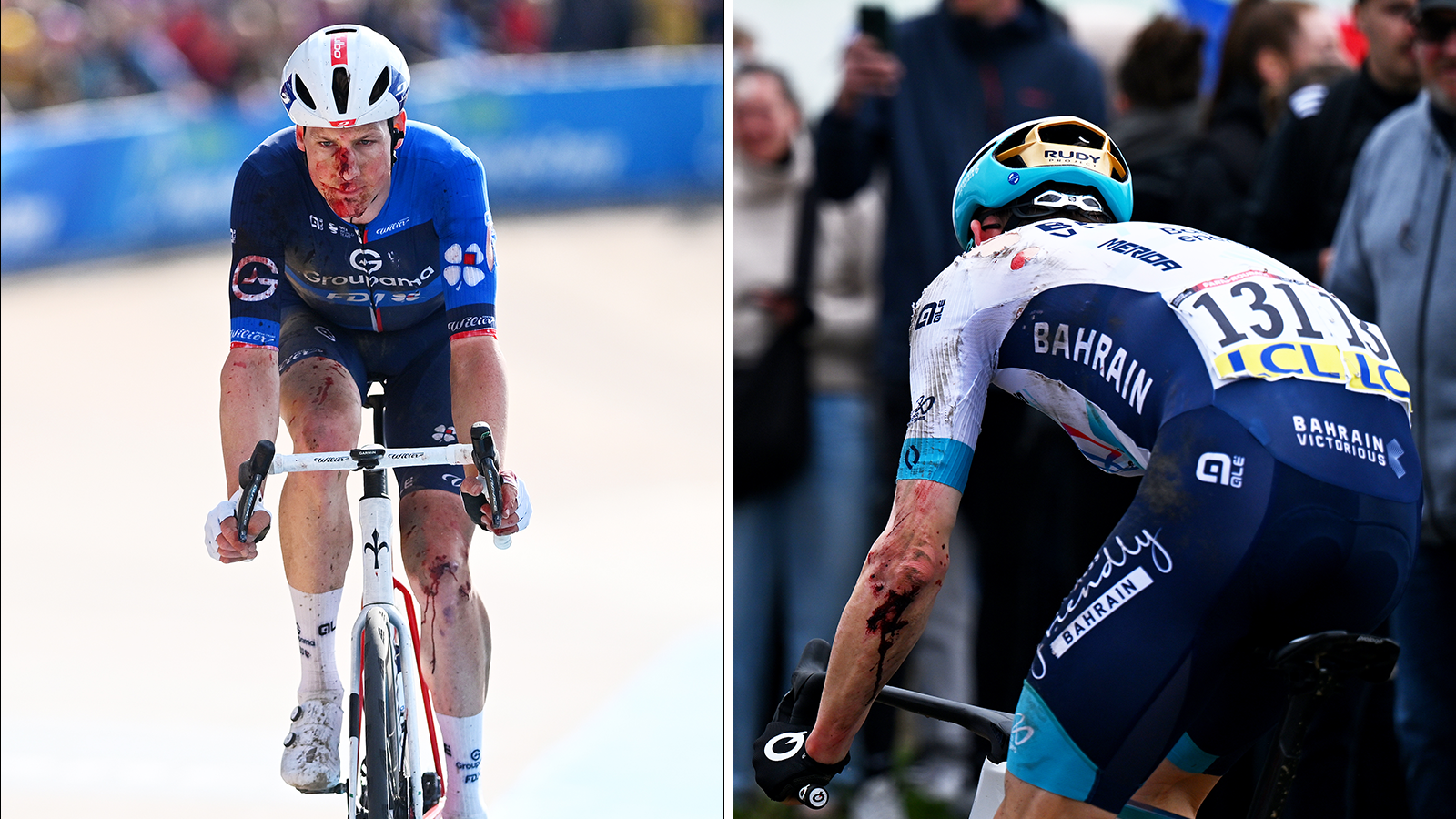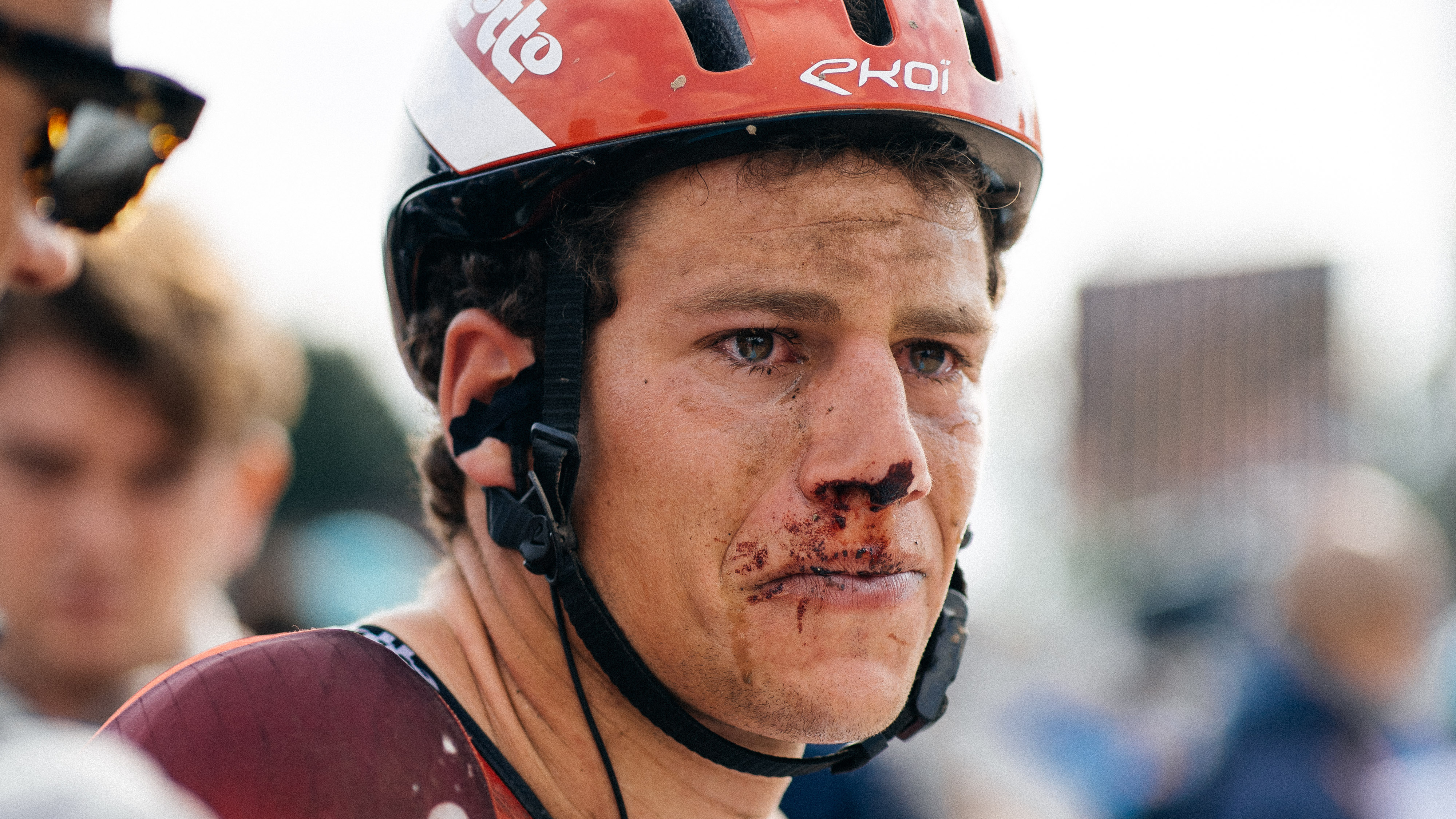Milan-San Remo 2021 - Preview
Van der Poel, Van Aert, Alaphilippe in a league of their own, but the strongest riders don't always win La Classicissima
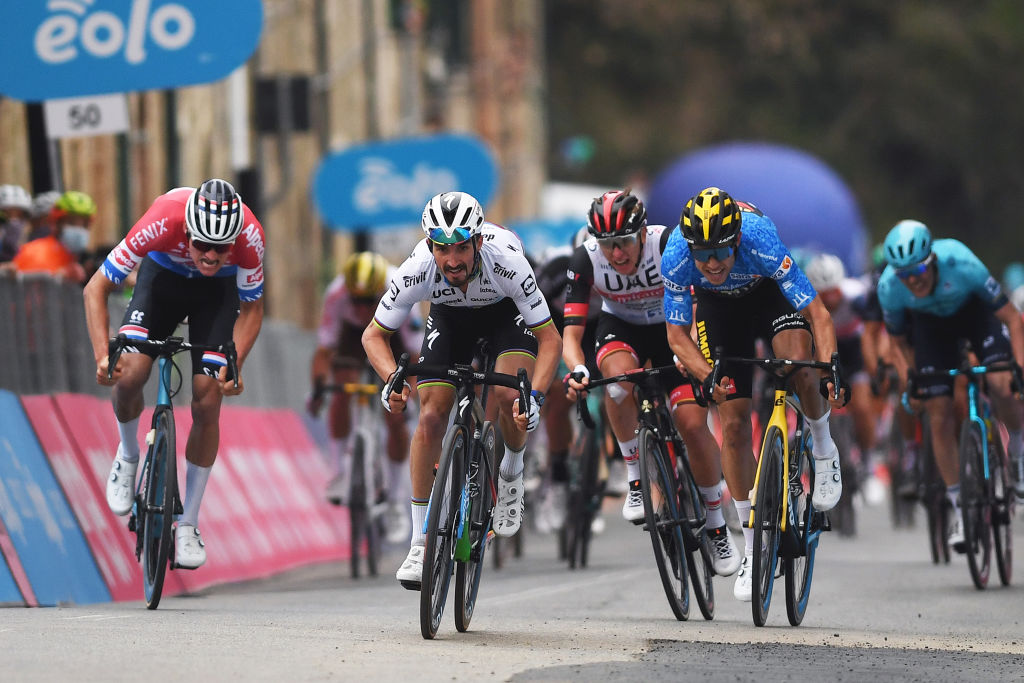
Milan-San Remo, so often the most open of the Monuments, suddenly seems like a closed shop. Mathieu van der Poel, Wout van Aert and Julian Alaphilippe’s extraordinary displays in recent weeks make it difficult to imagine the winner on the Via Roma coming from beyond that triumvirate, even if the race’s perfectly pitched finale has historically made a habit of rewarding speed of thought as often as it does strength of legs.
Then again, quick thinking can only carry a rider so far if the man in front of him is producing 1,362 watts of power, as Van der Poel reportedly did during his astounding attack on the Via Santa Caterina at Strade Bianche, or if he is capable of accelerating in the mammoth gears employed by Alaphilippe and Van Aert over the Poggio last August.
Milan-San Remo is usually a delicately poised battle between the sprinters and attackers, with the prevailing wind on the Poggio often tipping the balance one way or the other, but on the evidence of the past couple of weeks, the odds seem to stacked in favour of at least three potential escapees here. And, of course, even in the event of a sprint, who would bet against Van Aert or Van der Poel?
The eternal rivals impressed in different ways at Tirreno-Adriatico but, as ever, they were difficult to separate. Van Aert came away with second place overall, winning the bunch sprint on the opening day and then adding the short time trial on the last. In between, the Jumbo-Visma rider matter-of-factly beat some of the best climbers in the world on Prati di Tivo and, all told, placed in the top-10 on six of the seven stages. It was, by any metric, an astonishing body of work.
Van der Poel spared himself at Prati di Tivo, but he claimed a dominant win at Gualdo Tadino and then threw himself into a 52km solo attack on the brutal circuit around Castelfidardo on Sunday. The Alpecin-Fenix man’s late collapse - an echo of the 2019 Worlds - did little to diminish the impression left by his fearsome, initial effort. Like Van Aert, he has the potential to win Milan-San Remo in a way of his choosing.
If questions linger over Van der Poel’s tactical acumen, it’s largely because it hasn’t been tested enormously in his road career to date. Rather than solve problems, he has often been able to overwhelm them with his sheer strength, most notably at Amstel Gold Race in 2019. Milan-San Remo’s condensed, breathless finale is not typically as forgiving of errors, but then Van der Poel is clearly not a typical rider.
The 2019 winner Alaphilippe is perhaps half a step behind Van der Poel and Van Aert in many predictions for Milan-San Remo, but his stage win at Tirreno-Adriatico indicated his sharpness. The Deceuninck-QuickStep rider sat up in the finale of the two toughest stages but didn’t appear unduly concerned on either occasion. Last August, after all, while ostensibly still straining for form, Alaphilippe came within half a wheel of denying Van Aert in the two-up sprint on Via Roma.
In other words, Milan-San Remo comprises 299 kilometres, 175 riders, and three favourites seemingly in a league of their own.
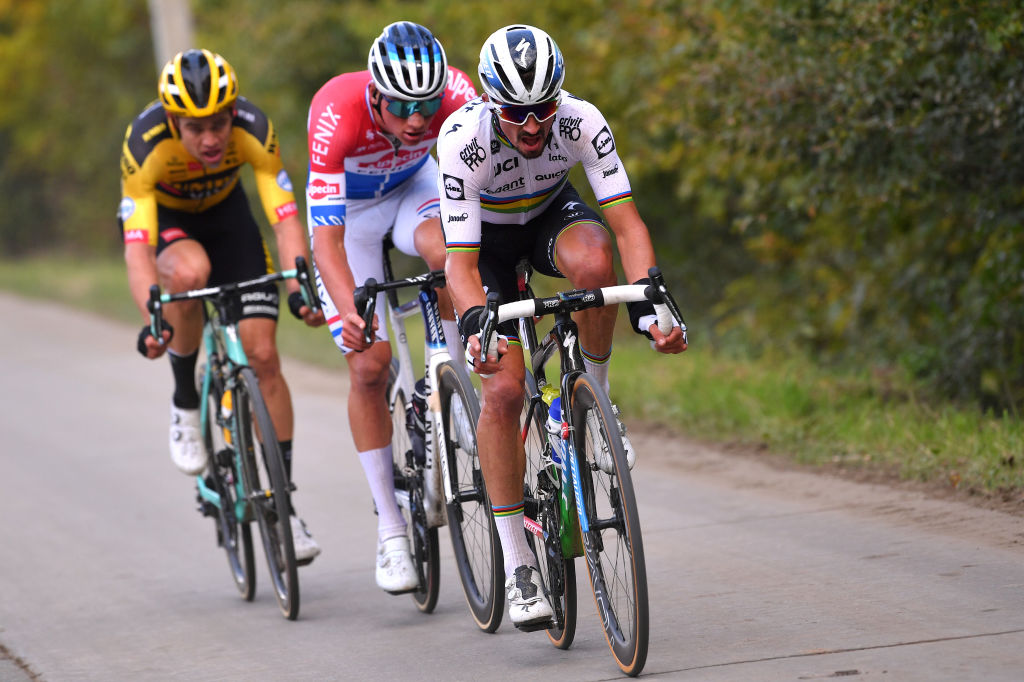
The challengers
And yet hope springs eternal at La Primavera, where favourites have so often been frustrated. Fabian Cancellara repeatedly conjured up feats of strength at Strade Bianche and Tirreno-Adriatico over the years, but his five podium finishes at Milan-San Remo included ‘only’ one victory, in 2008. Peter Sagan, meanwhile, is perhaps the perfect prototype of a Milan-San Remo winner, but the race has eluded his grasp over the years altogether.
There would be a certain irony if Sagan were finally to win just when his pre-race form is at its most underwhelming, but La Classicissima looks to have come a few weeks too soon for the Slovakian, who was diagnosed with COVID-19 in February. Tirreno-Adriatico was his first race back and his decision to race the Volta a Catalunya next week suggests that Sagan himself knows he is still short of the racing miles needed to win. "Milan-San Remo will be a lottery for me," he told Het Laatste Nieuws this week. "That can turn out well or badly."
Sagan’s Bora-Hansgrohe teammate Max Schachmann is an intriguing debutant, and the Paris-Nice winner is unlikely to be hesitant on the Poggio. Few fast finishers survive climbs as well as Michael Matthews (BikeExchange), who was in crescendo at Paris-Nice. He won the sprint for third on the Via Roma last August despite injuring his hand when he scraped a wall on the Poggio and is always a contender in this race.
The best sprinter at Paris-Nice was Sam Bennett (Deceuninck-QuickStep), and while the Irishman has never before withstood the Cipressa and Poggio, his climbing displays last week were encouraging. Nobody – not even Van Aert or Van der Poel – will want to bring him to the Via Roma. Deceuninck-QuickStep have another fast man, too, in Omloop Het Nieuwsblad winner Davide Ballerini.
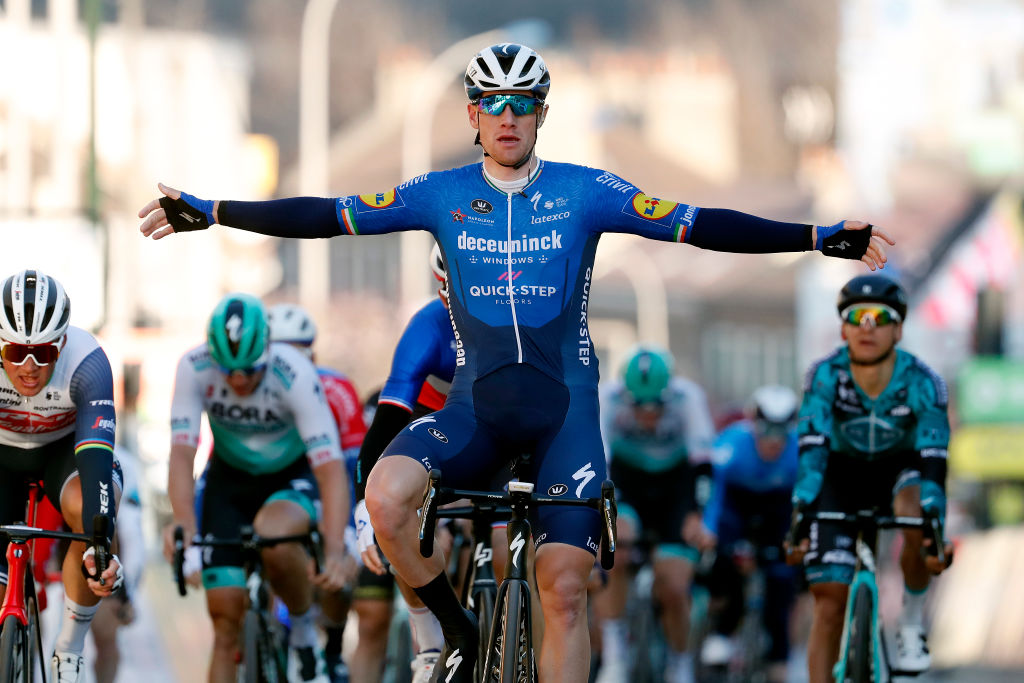
2016 winner Arnaud Démare (Groupama-FDJ) has yet to claim a victory this season but is a reliable performer at La Classicissima. Caleb Ewan (Lotto Soudal) was second in 2018 but was forced to abandon Tirreno-Adriatico through illness. UAE Team Emirates have Fernando Gaviria and Matteo Trentin, but the most dependable option here might well be 2014 winner Alexander Kristoff. Other sprinters to consider include Giacomo Nizzolo (Qhubeka-Assos), Elia Viviani, who is still chasing his first win for Cofidis, and Nacer Bouhanni (Arkéa-Samsic), who is still smarting his ill fortune in 2016.
It could be fascinating, too, to see how riders like Philippe Gilbert (Lotto Soudal) try to bypass a direct confrontation with Van Aert, Van der Poel and Alaphilippe. Few will back themselves to match the Big Three on the Poggio, which could encourage inventiveness even from before the Cipressa.
Gilbert, looking to complete a full set of Monuments, has previous in this regard. Vincenzo Nibali (Trek-Segafredo) has little to lose and even less to prove. Søren Kragh Andersen and DSM look sure to be aggressive, while Michal Kwiatkowski (Ineos Grenadiers), Greg Van Avermaet, Oliver Naesen (AG2R Citroën) and Alberto Bettiol (EF Education-Nippo) are among those with the nous to poke out an opportunity.
The route
Last August, RCS Sport was compelled to devise a new route for the rescheduled Milan-San Remo after the mayors of a dozen coastal towns along the Italian Riviera near Savona refused to close their roads during tourist season. The largely inland course through Piedmont only hit the coast for the final 40km, but the fundamental character of the race remained unaltered, and as recently as October, Mauro Vegni was publicly considering maintaining it for 2021.
Ultimately, however, RCS Sport has opted for tradition, and so the long run along the Riviera returns, with the Capo Mele, Capo Cerva and Capo Berta back after a one-year hiatus. Still missing, however, is the Turchino, which remains impassable due to ongoing repairs following a landslide in October 2019.
From a strictly technical standpoint, the climb has an adequate replacement in the gentle Colle di Giovo, which featured in 2001 and 2002 (when the organisers also added the harder Bric Berton, not included on this year’s route). The Turchino’s significance, in any case, is as much symbolic as sporting in the modern era. The passage from the chill air of the Italian plain towards the sunshine of the Riviera doubles as a notional threshold between winter and spring.
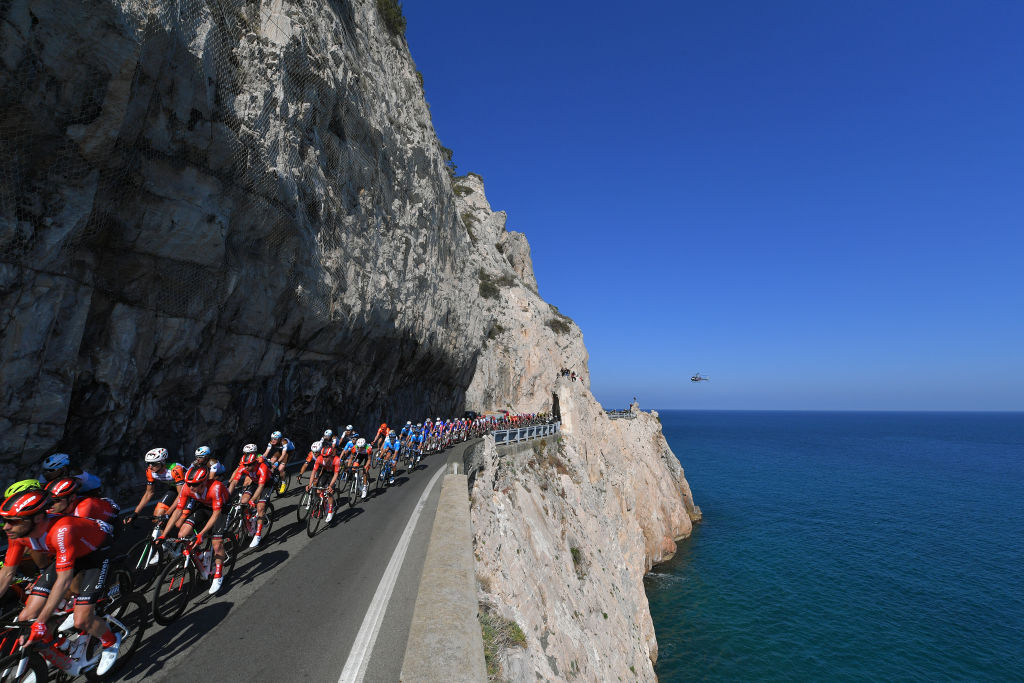
This year, viewers will be able to watch that transition in real time, with live television pictures available from start to finish for the first time. There won’t be much change in weather conditions from Milan to San Remo, mind, with a temperature of 10° Celsius predicted for the finish on Saturday, though the rain is currently expected to hold off.
The tension begins steadily rising once the gruppo hits the coast with 112km to go and ratchets several notches upwards after the Mele-Cervo-Berta combination begins on the cusp of the final 50km. Ultimately, however, Milan-San Remo is all about those nervous final 25km by way of the Cipressa and Poggio.
On paper, the finale is hardly daunting – two straightforward climbs and two rather more complicated descents – but there is no more thrilling 40 minutes or so of racing all year. Like an Olympic 1500m final, an apparently simple race offers multiple tactical permutations and demands a series of instant decisions.
The strongest rider doesn’t always win, and therein lies much of Milan-San Remo's enduring appeal.
Get The Leadout Newsletter
The latest race content, interviews, features, reviews and expert buying guides, direct to your inbox!

Barry Ryan was Head of Features at Cyclingnews. He has covered professional cycling since 2010, reporting from the Tour de France, Giro d’Italia and events from Argentina to Japan. His writing has appeared in The Independent, Procycling and Cycling Plus. He is the author of The Ascent: Sean Kelly, Stephen Roche and the Rise of Irish Cycling’s Golden Generation, published by Gill Books.
Latest on Cyclingnews
-
Best bike brands: Bicycle companies we trust
The bike brands we rate highly at Cyclingnews and a guide to available marques -
Paris-Roubaix medical updates – From fractures for Ballerini and a bloodied face for Küng to lucky escapes for Theuns and Ferguson
The accumulating injury reports from a brutal weekend of racing at the Hell of the North -
Gallery: Pain faces of Paris-Roubaix from inside the historic velodrome
All the best pictures from the finish of the men's and women's races from the 2025 Paris-Roubaix -
Spectator who threw bidon at Mathieu van der Poel during Paris-Roubaix hands himself in to Belgian police
Eventual race winner was struck in the face by a water bottle 33km from the finish amid solo effort

